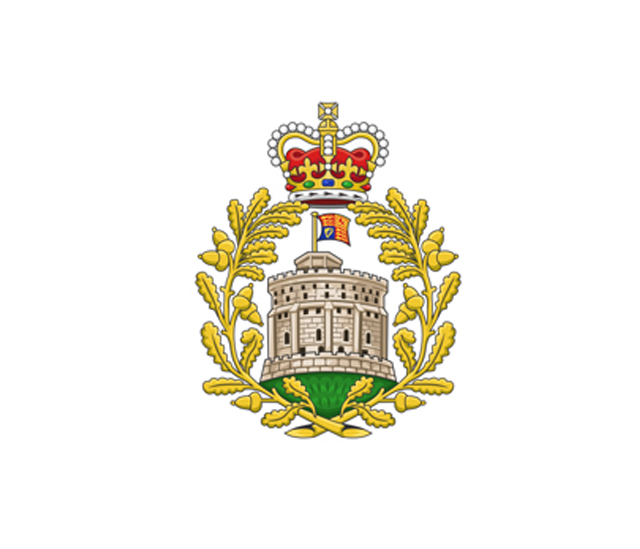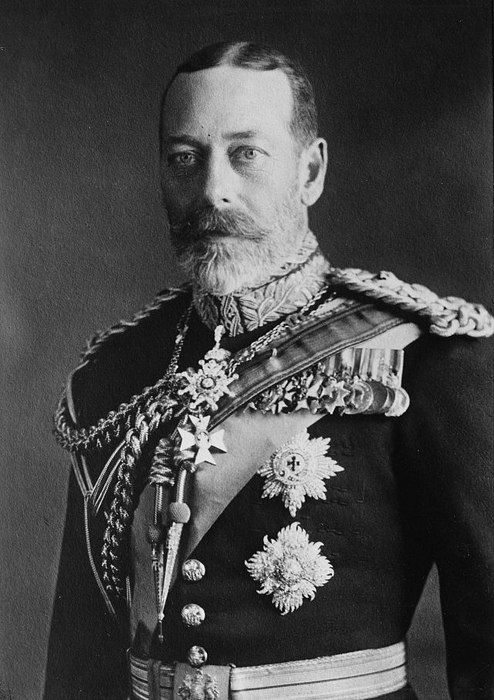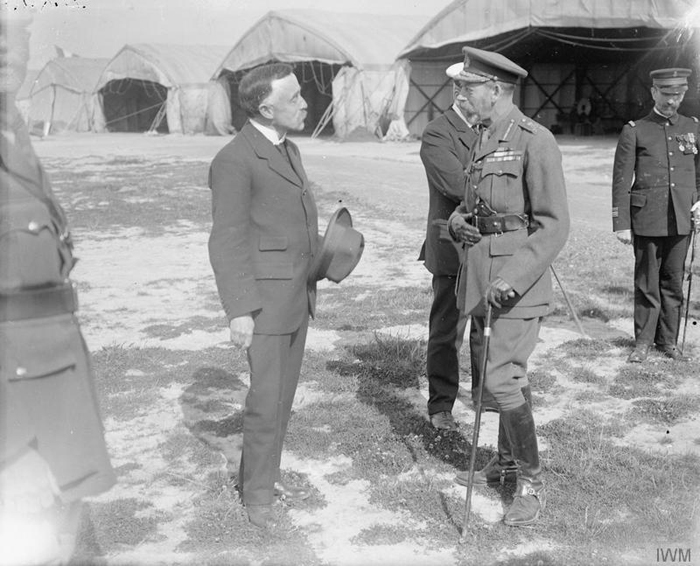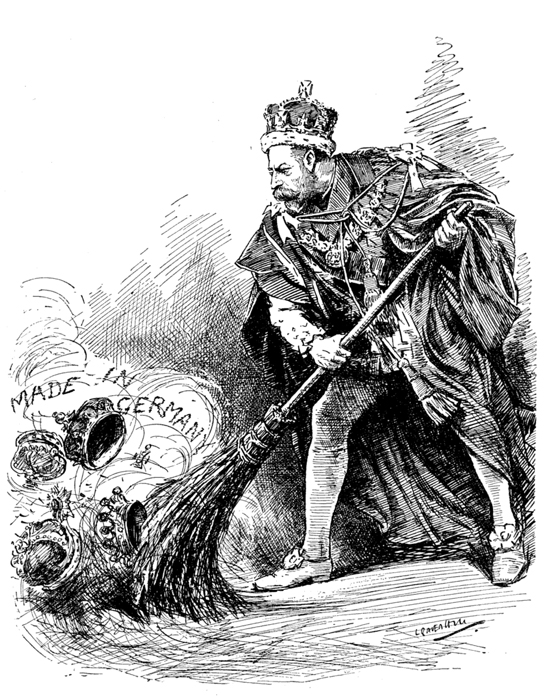Did you know that the Royal House of Windsor as we recognise it today originated during the First World War?
At the outbreak of the First World War the monarchies of Britain, Germany and Russia were all held by the descendants of Queen Victoria. George V ruled Britain as King of the House Saxe-Coburg and Gotha. George was born in 1865 and following the completion of his education he entered the Royal Navy. During his naval service he widely travelled the British Empire both as an Officer but also as a representative of the British Monarchy. However, the death of his older brother Albert Victor from pneumonia in 1892 elevated George to second in line to the throne and effectively ended his naval career as he returned to Britain to assume his formal duties.
The death of King Edward VII in 1910 ushered in the reign of King George V following his coronation in 1911.
The First World War
At the outbreak of the First World War the Royal Family was led by George himself and his wife Queen Mary (she had originally been named Victoria Mary but had dropped the first name out of respect for George’s grandmother). The pair also had six children; Edward (who would later become Edward VIII before his abdication), Albert (who would then become George VI), Mary, Henry, George and the youngest John.
King George V and Queen Mary were both active in supporting soldiers during the war years and visited the Western Front numerous times and also paid repeated visits to hospitals of wounded soldiers. During one visit to France George suffered a broken pelvis when his horse rolled over on top of him.
Edward, the heir to the throne, was keen on serving in the military immediately when war was declared. However, his hopes of fighting on the Western Front were dashed when Lord Kitchener, the Secretary of War, refused to allow the British heir to place himself in such danger. Despite this Edward would pay many visits to the front line trenches and witness the fighting at first hand. Albert served in the navy during the war and was mentioned in dispatches for his work as a turret officer during the Battle of Jutland. However, ill health would shortly rule him out of military service.
Princess Mary became heavily involved with supporting soldiers in action through the creation of the Princess Mary Christmas Tins and those who were wounded and then treated in military hospitals back in Britain.
Changing the name
As the war continued it became increasingly clear that the Germanic links of the Royal name Saxe-Coburg and Gotha were proving unpopular. Elsewhere in Europe the revolution to overthrow George’s cousin Nicholas in Russia caused wider concern about the future of European monarchies.It was for this reason that George himself had blocked any attempts to offer an escape for Nicholas and his family in Britain. George also took the step of suspending or revoking the British peerages and titles of his relatives who were fighting on the German side.
In order to ensure that the Royal Family continued to be viewed as British a Royal Proclamation was issued on 17 July 1917 announcing a new Royal name:
Now, therefore, We, out of Our Royal Will and Authority, do hereby declare and announce that as from the date of this Our Royal Proclamation Our House and Family shall be styled and known as the House and Family of Windsor, and that all the descendants in the male line of Our said Grandmother Queen Victoria who are subjects of these Realms, other than female descendants who may marry or may have married, shall bear the said Name of Windsor….
By anglicising the Royal household and other notable estates and titles, George V permanently changed the appearance of the monarchy in a move that endures to this day.











